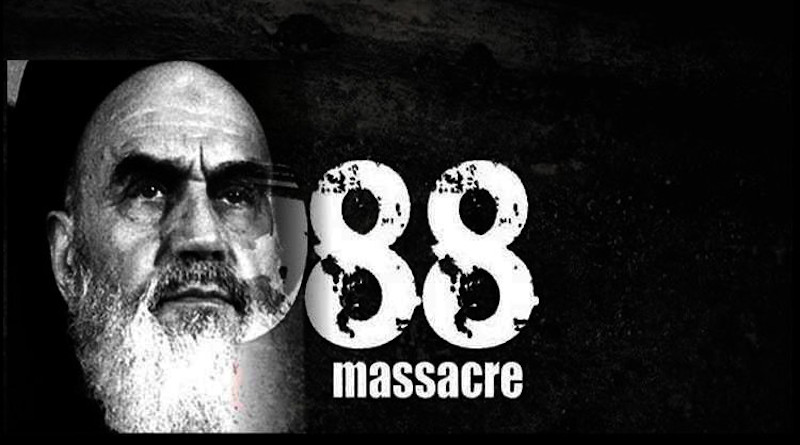The United Nations’ Follow-Up On 1988 Massacre In Iran – OpEd
On October 27, UN Special Rapporteur on extrajudicial, summary, or arbitrary executions, Agnès Callamard, presented a 21-page report to the UN General Assembly on mass graves and human rights. Part of this report refers to the destruction of mass graves related to the 1988 massacre in Iran. She added, people in Iran have been imprisoned for following up and asking about the mass graves of their relatives.
It should be noted in 1988, following the acceptance of the ceasefire in the Iran-Iraq war to eliminate internal threats, on Khomeini’s behest, nearly 30,000 political prisoners, most of whom were members of PMOI and some had even completed their sentences, in a few minutes of re-trial by three government mullahs in different cities were sentences to death. Their death sentences were carried out in a very short time, and most of their bodies were buried in mass graves without informing their families.
Even Ayatollah Mohammad Ali Montazeri, Khomeini’s successor at the time, protested the massacres, calling it a crime against humanity! This protest eventually led to his dismissal by Khomeini. In the following years, to destroy the evidence of this mass crime, mullahs attempted to destroy and cover these mass graves on Khamenei’s behest, which met with many reactions inside Iran and by international organizations. Including Agnès Callamard. Part of her report referred to the demolition of these mass graves of the 1988 massacre by bulldozer leveling, road and building construction, garbage dumping, or the construction of new graves on the site of mass graves.
In another report published in 2016, this organization stated that Iranian government was seeking to construct a building on burial ground of 44 prisoners executed in 1980s in Ahvaz.
Of course, mass graves in Iran are not just specific to 1980s! Similar reports have been published in subsequent years, including after 2009 protests, as well as after December 2016 and November 2019 on arrests, killings, and mass burials of anti-government protesters.
In a report, Amnesty International put the death toll in last November’s protests by direct fire by regime security forces at around 1,500.
Javaid Rehman, the UN special rapporteur on the situation of human rights in the Islamic Republic of Iran, stressed in his report that despite the fact that almost a year has passed since November protests, government officials in Iran continue to evade investigating the deaths of hundreds of protesting citizens and the continuing violation of their rights in prisons. The bodies of many of these victims were not returned to their families and were probably buried in mass graves.
Amnesty International recently called for an immediate halt to demolition of a mass grave in southern Iranian city of Ahvaz. This organization has expressed concern that ongoing construction operations in these areas will lead to the loss of important forensic evidence and the loss of opportunities for justice for the victims of those killings throughout Iran. This report states that according to the images obtained from June 2016 to September 2017, concrete was poured on half of a possible location of a mass grave in city of Tabriz.
Mass graves witnessed crimes
In the preamble to his report, the Special Rapporteur called on the international community to fulfill its responsibilities to protect and care for mass graves and places of mass killings.
According to the Special Rapporteur, mass graves are the burial places of human beings and there should be a formal investigation into the legality of the causes and circumstances leading to their deaths and how their remains were dealt with. Mass graves are crime scenes. They contain evidence that is likely to point to widespread and heinous human rights abuses. Mass graves generally reflect the fact that the remains of the victims were treated illegally. And the purpose of these illegal acts was not only to prevent the delivery of the remains to the families, but also to block the path of litigation and judicial justice.
The UN Special Rapporteur stressed that under no circumstances should governments deny the existence of mass graves or attempt to destroy them. Those who seek or inform about the discovery of mass graves should not be harassed, intimidated, threatened or sentenced to imprisonment and silenced.
The UN Special Rapporteur noted that the future of mass graves and the remains of human beings buried beneath them is of great importance, both personally and family, as well as nationally and globally, to millions of people and future generations.
Mass graves are a constant reminder of evil rulers who should never be allowed to repeat themselves.

